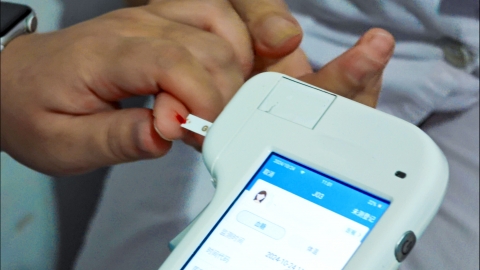Are high blood pressure and high blood sugar indicative of diabetes?
Generally speaking, whether high blood pressure and high blood sugar indicate diabetes depends on the specific circumstances. If blood glucose levels do not meet the diagnostic criteria for diabetes and are only mildly elevated, it typically does not constitute diabetes. However, if blood glucose meets the diagnostic criteria for diabetes, a diagnosis of diabetes can be made even if blood pressure is also elevated, and standardized interventions are required. The detailed analysis is as follows:

If blood glucose is only slightly elevated and does not meet the diagnostic criteria for diabetes, it is considered impaired fasting glucose. In this case, although high blood pressure may coexist, diabetes is not diagnosed. Blood glucose and blood pressure can be managed through dietary and exercise adjustments.
When blood glucose meets the diagnostic criteria for diabetes, a diagnosis of diabetes can be confirmed regardless of whether blood pressure is elevated. High blood pressure may be a common comorbidity of diabetes. The coexistence of both conditions increases the risk of vascular damage, so while controlling blood glucose, blood pressure should also be managed through lifestyle modifications or medication.
To control blood glucose and blood pressure, it is important to reduce intake of high-sugar, high-salt, and high-fat foods, and consume more vegetables and whole grains. Regular light physical activities such as walking or tai chi should be performed, and prolonged sitting should be avoided. Blood glucose and blood pressure should be monitored regularly, and scientific management should be applied to maintain stable levels of both indicators and reduce health risks.




